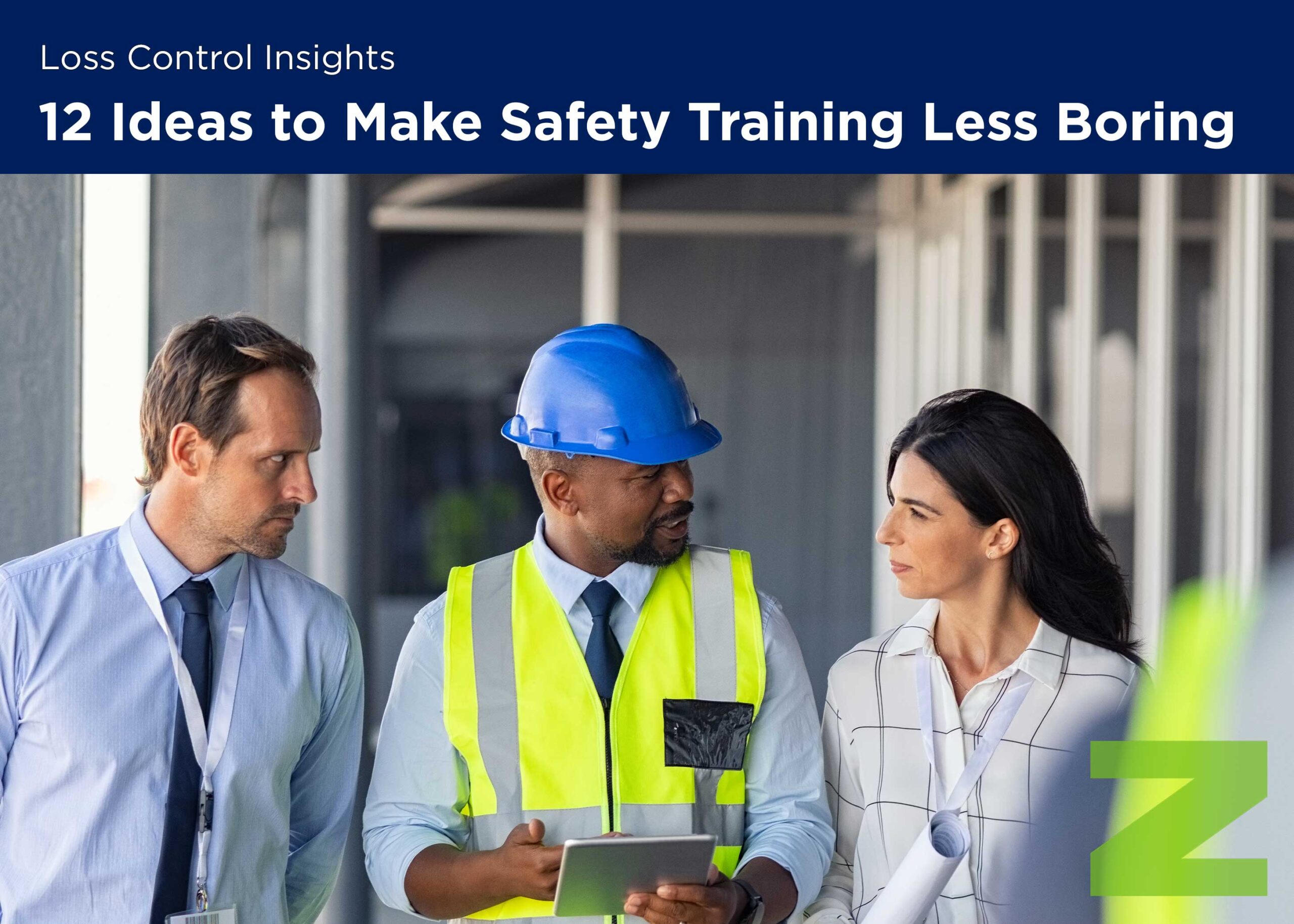We all know drowsy driving is dangerous, but just how dangerous is it? According to the National Safety Council:
- The National Highway Traffic Safety Administration (NHTSA), reports about 100,000 crashes each year involve drowsy driving, while the AAA Foundation for Traffic Safety estimates that there are actually many more, with up to 328,000 drowsy driving crashes annually
- NHTSA estimates that fatigue-related crashes cost $109 billion each year, not including property damage
- Driving while drowsy is similar to driving after drinking; driving while not having slept for 20 or more hours has an impact similar to driving with a blood alcohol level of 0.08%, which is the U.S. limit
These startling statistics reveal a severe problem facing drivers across the country. Factors that contribute to drowsy driving:
- Untreated sleep disorders
- Too many hours on the road with not enough resting time along the way
- Working long hours on the job and then driving home (this is especially a problem with night-shift and swing-shift workers, whose bodies can’t fully adjust to time changes)
- Driving while on medication that has drowsiness as a side effect
Here are some proactive steps you can take to minimize the chances of your employees falling asleep while driving:
- Encourage employees to get adequate sleep (a minimum of 7-8 hours every night). Offering employees a sleep tracker through your company’s wellness program is one way they can determine if they are not sleeping long or well enough.
- Educate them about symptoms of drowsy driving, such as difficulty focusing, yawning or drifting toward the shoulder or center line. Find handouts, webinars and more information from the National Safety Council.
- Include sleep studies and testing for sleep disorders as a health benefit for all employees, and encourage those who spend a lot of time on the road and those who work long or irregular shifts to take advantage of this benefit.
- Set aside an area where fatigued employees can rest before driving home. This is especially useful for overnight workers or those covering long shifts.
- Invest in technology for your fleet vehicles such as lane change monitors and accident avoidance technologies. While the personal vehicle market has moved toward this trend, the technologies are just coming to the commercial truck industry.
EMC Senior Engineer Jim Stotser warns drivers not to rely on rumble strips on roadway shoulders and center lines to save you if you are driving drowsy. “Those strips are a slight deterrent to accidents, but oftentimes by the time the car runs over those strips, the driver is already asleep and it’s too late to change course,” Stotser says.
What’s important is making sure your employees know that if they notice signs of drowsiness while driving they should pull of the road and rest.





